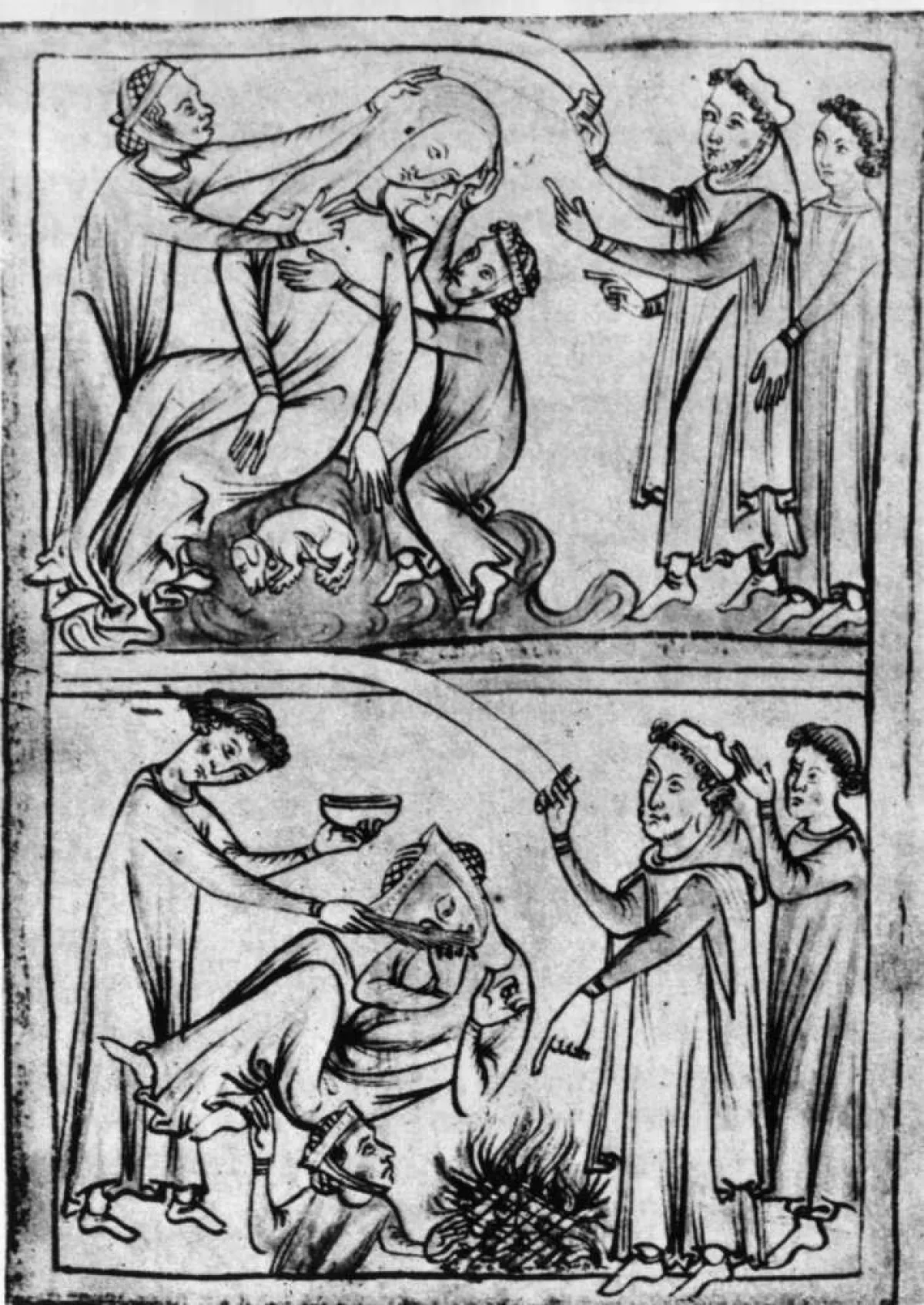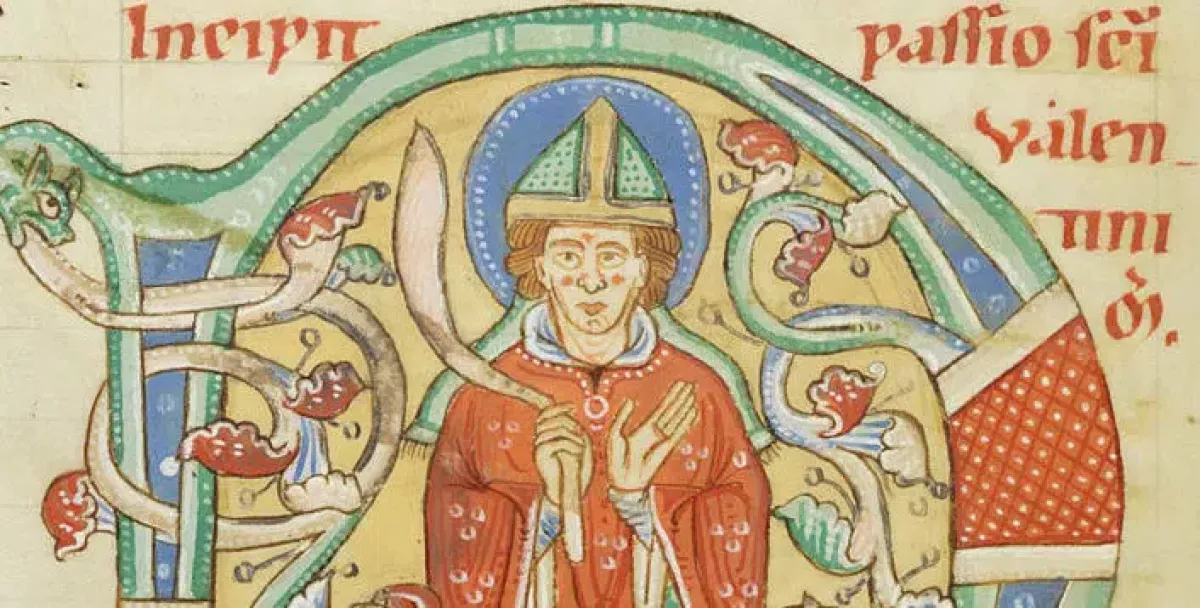Catholic communities quarrel over Valentine's Day's true origins
As it does every year, February 14 will once again mark the celebration of Saint Valentine’s Day for many, Christians or not. The origins of this festival of love, which can be traced back at least to the medieval period, still remain uncertain today, as does the true identity of the Roman martyr honored by the Church on this day.
Saint Valentine is celebrated throughout most of the Western world, yet nowhere is it marked a public holiday, not even in the US. Nevertheless, he is not officially recognized in the liturgical calendar and the Catholic Church instead honors Sts. Cyril and Methodius, co-patrons of Europe. Despite being widely known as the patron saint of love and romance, an article by La Croix points out that Valentine’s true identity and the origins of the celebration remain uncertain to this day.
Roman History
Historians believe there were two martyrs named Valentine who lived in the 3rd century. One was a Roman soldier who converted to Christianity and allegedly protected fellow Christians from the persecutions of Emperors Claudius II Gothicus and Valerian before being martyred around 270. The other was a bishop of Terni, also said to have been martyred during the same period. Some scholars suggest these two figures may have been the same person.
According to legend, Saint Valentine defied imperial orders by secretly marrying couples to prevent husbands from being sent to war. Another well-known story claims that, on the eve of his execution, he signed a farewell note to the jailer’s daughter with the words, “From your Valentine.” This phrase is believed to have inspired the modern tradition of exchanging love letters on February 14.

In 496, Pope Gelasius I, originally from North Africa, officially designated February 14 as Saint Valentine’s Day. He also abolished the Lupercalia, a Roman festival celebrating purification, health, and fertility, which took place in mid-February. While some theories suggest a link between Valentine’s Day and this ancient festival, many historians consider this unlikely.
England, which was still Catholic at the time. Geoffrey Chaucer, a leading poet of the era, mentioned lovers exchanging notes and calling each other “my Valentine.” The choice of this date may have been influenced by the belief that birds in the Northern Hemisphere began mating around this time.
Swiss poet Othon de Grandson later introduced the custom to the Latin world, particularly in the court of Savoy. A significant portion of his work is dedicated to this tradition. In 1496, Pope Alexander VI officially declared Saint Valentine the patron saint of lovers.
Could Saint Valentine have been Greek?
Although much about Saint Valentine’s life remains unclear, some Catholic communities on the Greek island of Lesvoshe may have been of Greek origin. Father Leon Kiskinis, a priest at the Catholic Church of Our Lady in Mytilene claims that some of Valentine’s relics are preserved there. “Locals, regardless of religious affiliation, consider him a patron and participate in services on February 14,” he told a Greek media outlet. The oldest known image of the saint, bearing the Greek inscription ο Άγιος Βαλεντίνος, was discovered in a 6th-century Roman church serving the Greek community. Additionally, a fresco in Rome’s Santa Maria Antiqua contains an early depiction of Saint Valentine with the inscription ‘Saint Valentine Martyr’ in Greek.

The Evolution of the modern Valentine’s Day Cards
The tradition of exchanging Valentine’s Day cards emerged in Europe during the 18th century and later spread to the United States in the mid-19th century. Although the custom declined in popularity in Europe, it experienced a revival in the 1940s when American soldiers reintroduced it during World War II.
By Nazrin Sadigova








